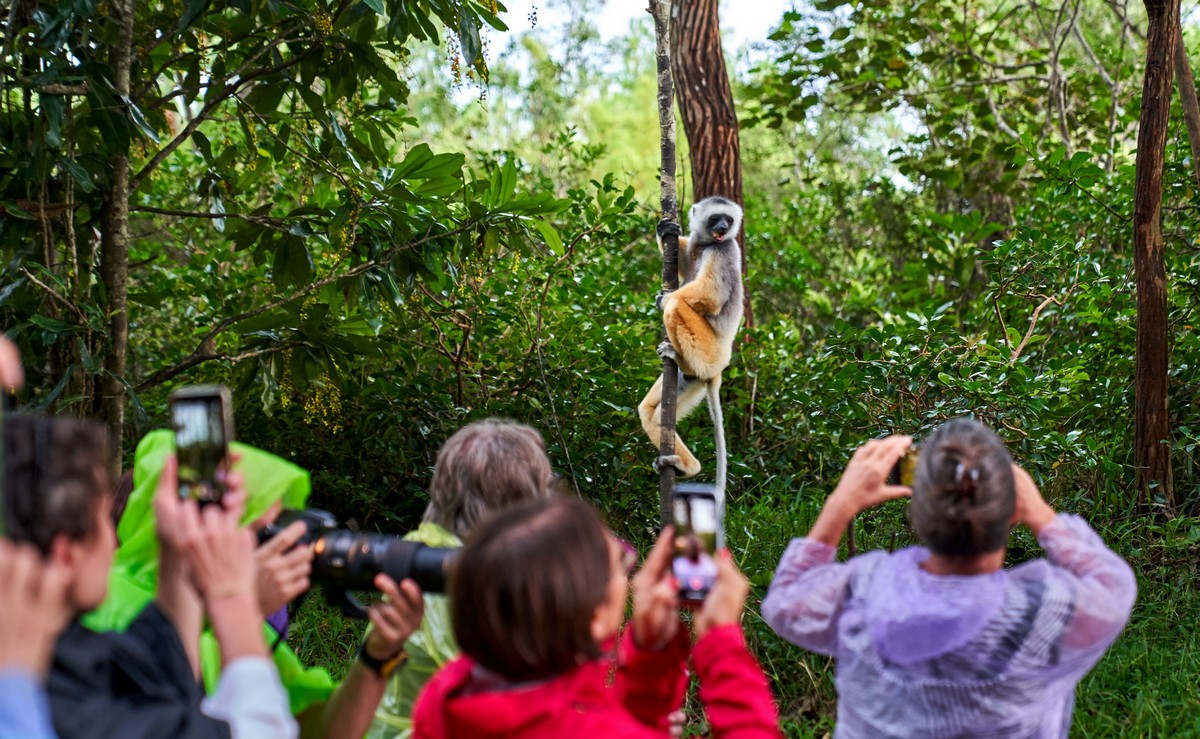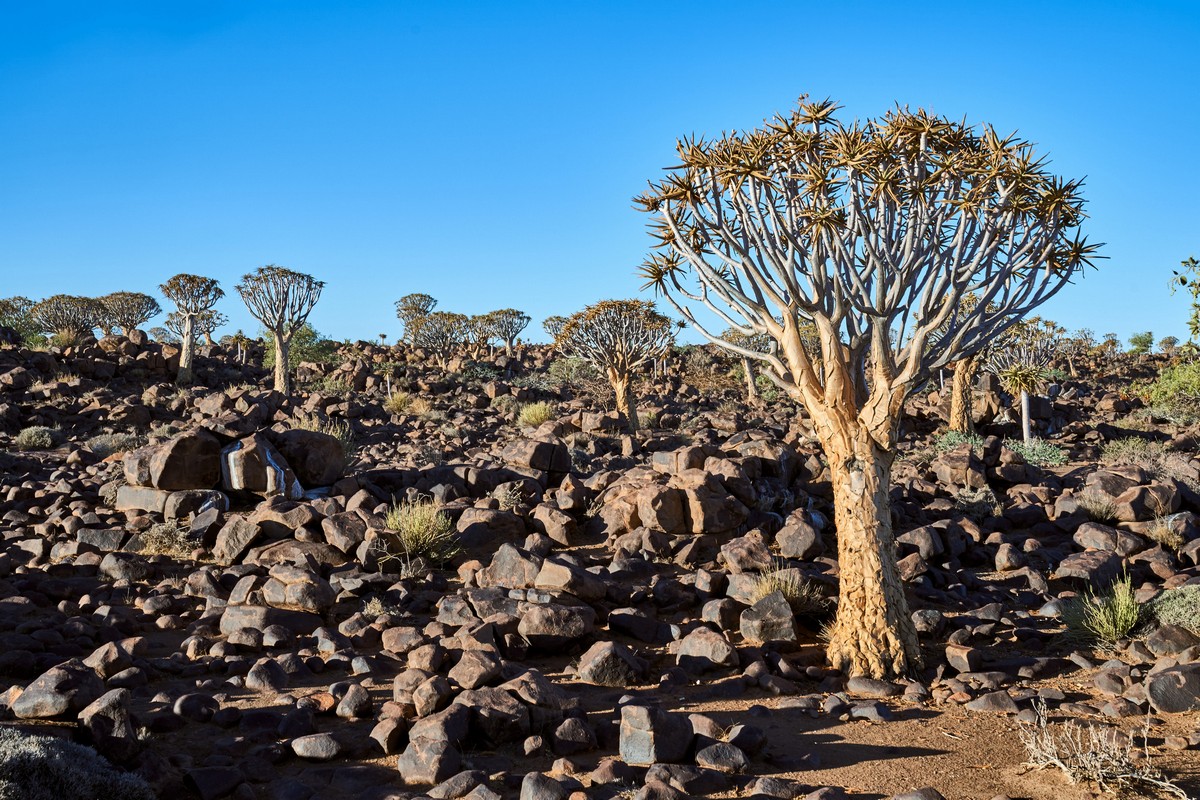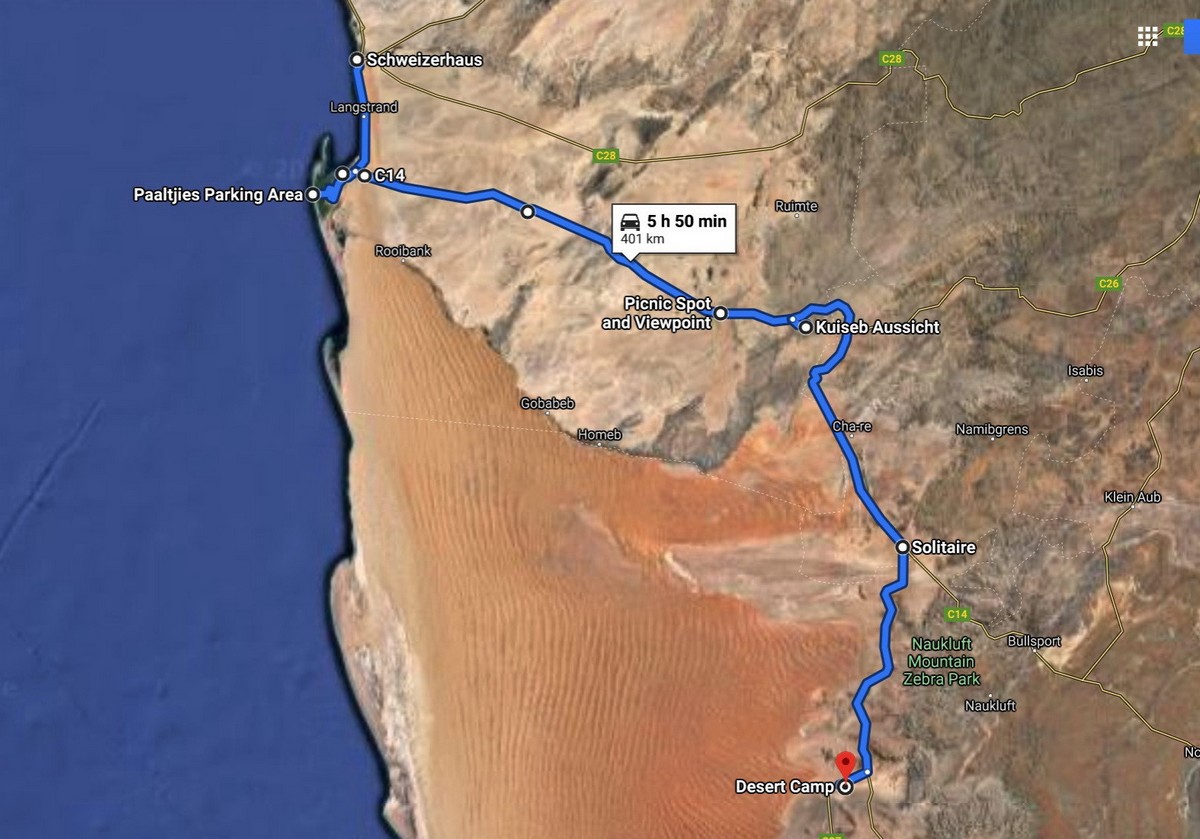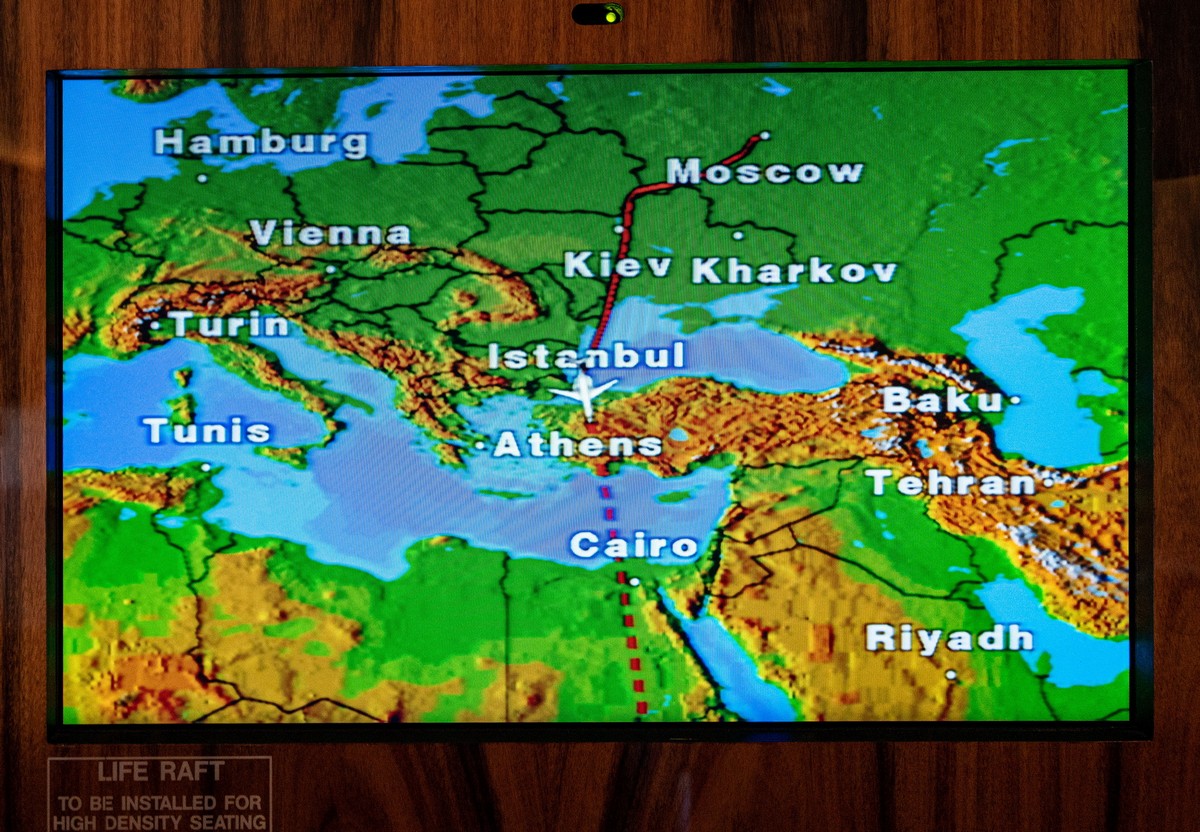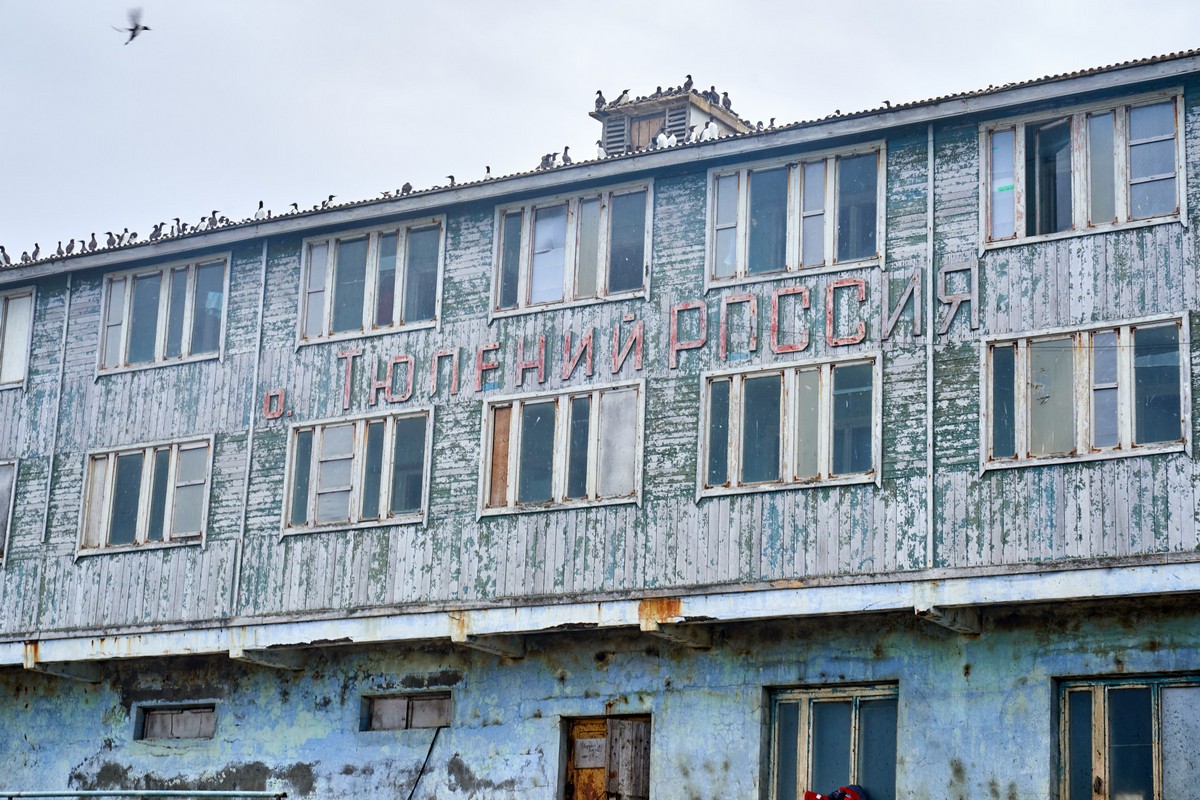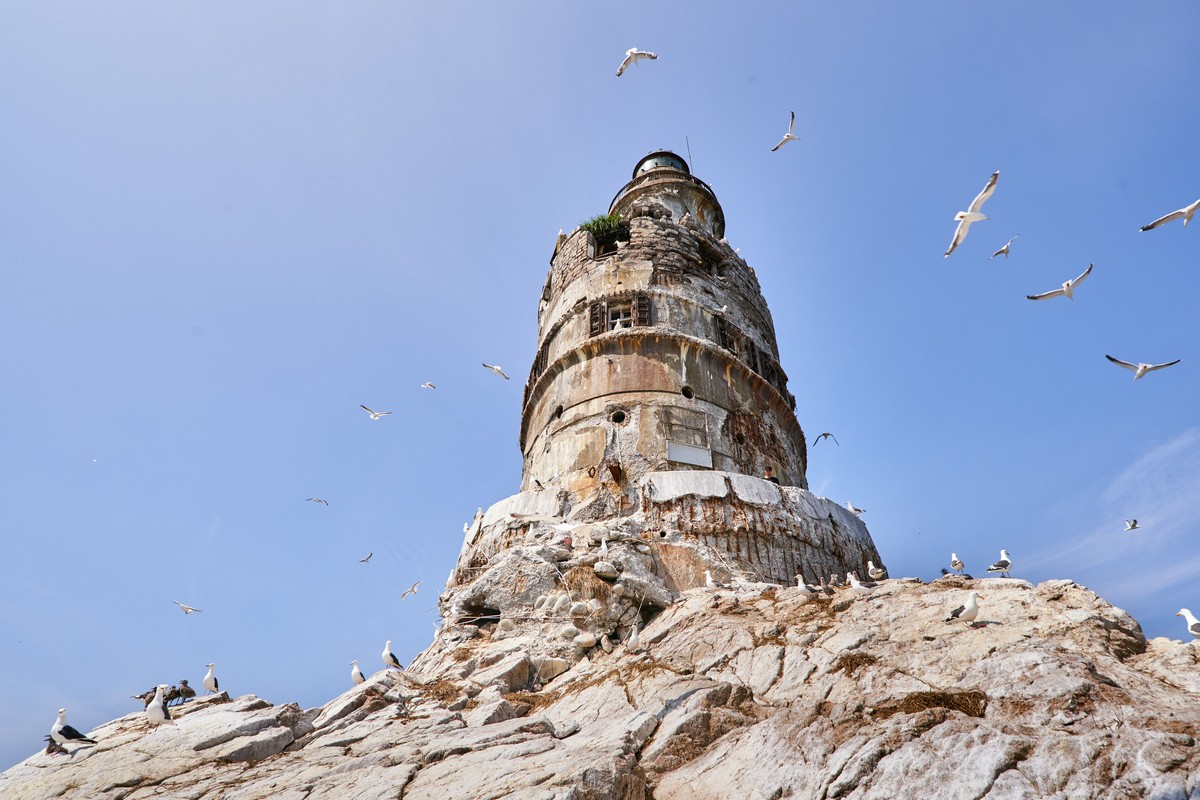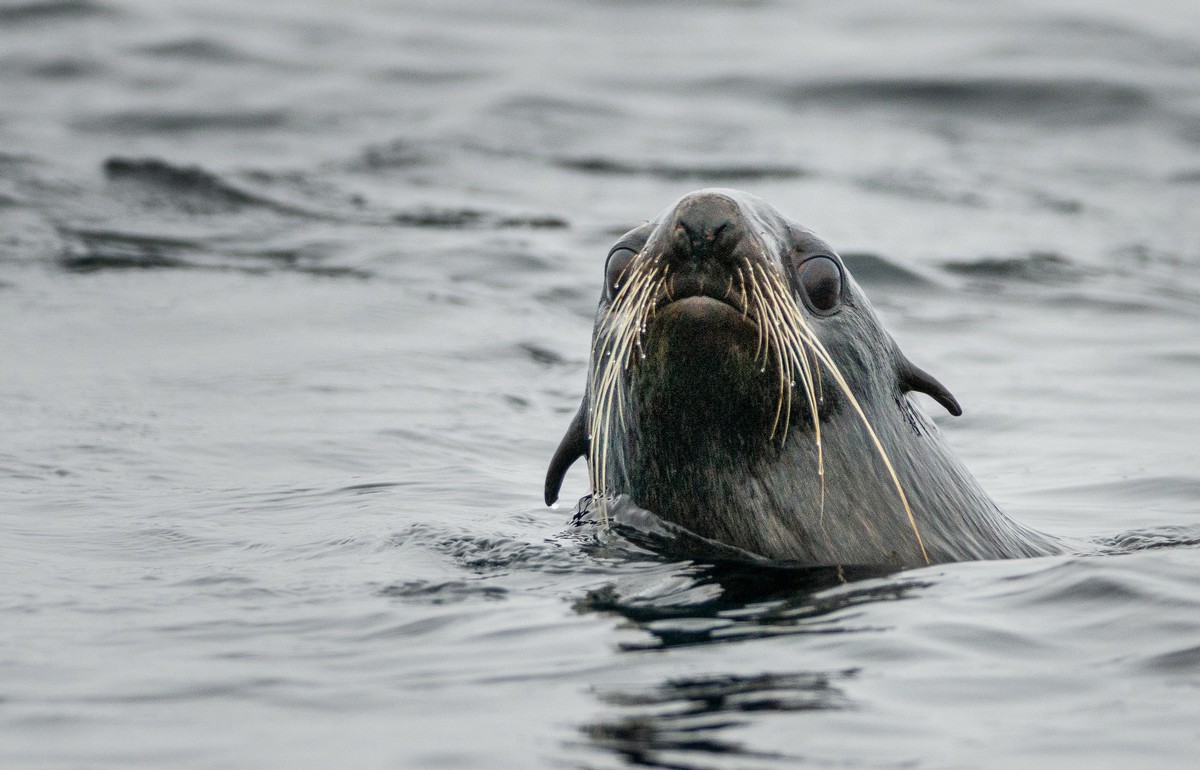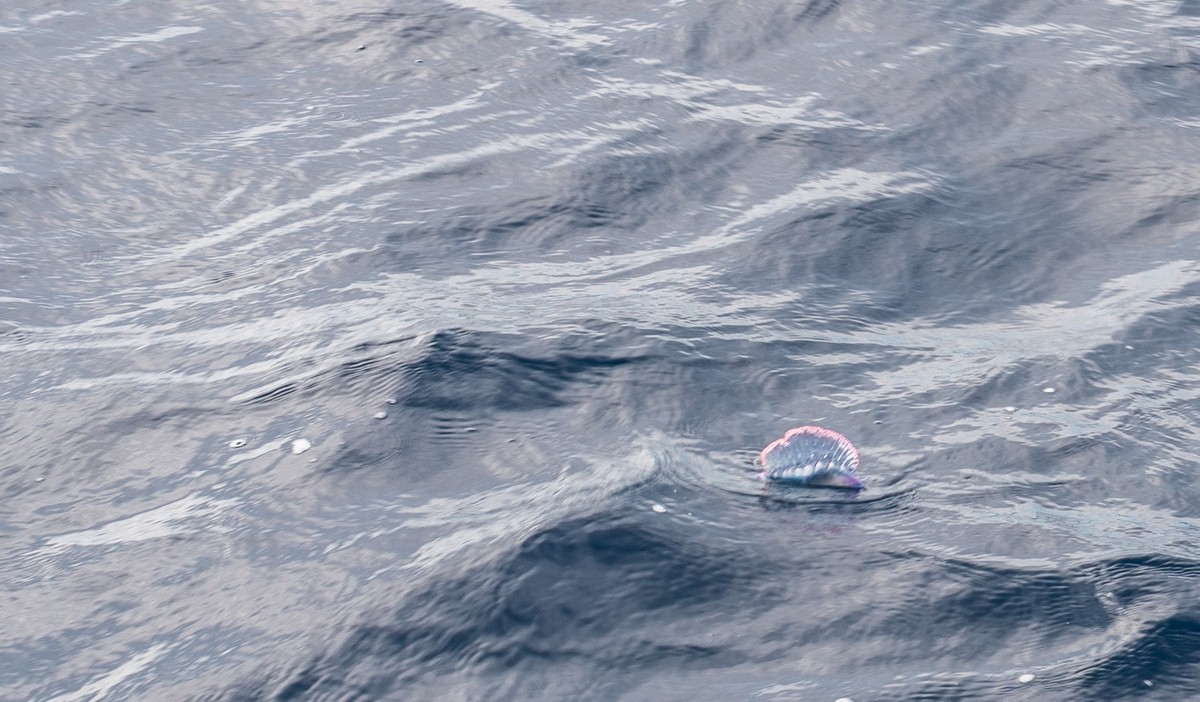April 12, 2020
The Cape of Good Hope – 2020.
NB: with this post about the place I visited before the lockdown I want to bring you some positivism, beauty and the reassurance that we will all get a chance to see great different places again. Meanwhile I encourage you not to violate the stay-at-home regime. Instead I hope you’re using this time for catching up on what you never seemed to find the time to do… ‘before’ :).
Once upon a time, long ago – in the spring of 2011, I found myself in the glorious city of Cape Town, the southernmost city of the continent of Africa and the country of South Africa. And it’s an amazing city! The Cape of Good Hope, penguins under palm trees, and the main thing – Table Mountain, which rises up above the city. We took the funicular that goes up it back then, but we were in a real rush with just half-an-hour to spare. This is way too short a time. You need hours to stroll around up top, and then to descend back down on foot (the path is only 700 meters long). This year, we had more time – but still not several hours! Oh well, at least I was here for the second time: I’d been dreaming of returning for a full nine years. So here I was. And I did manage to walk back down!…
I was in Cape Town, of course, not primarily for Table Mountain funicularing and strolling. I was here on business: our annual META-region partner conference (META = Middle East, Turkey and Africa) (though, technically Turkey is a Middle Eastern country!). As per, it was meetings, presentations, Q&As, formal dinners, partner awards, interviews, non-stop ‘cheesing’ for the cameras, and all that. And all that over and done with, also as per – micro-tourism!




